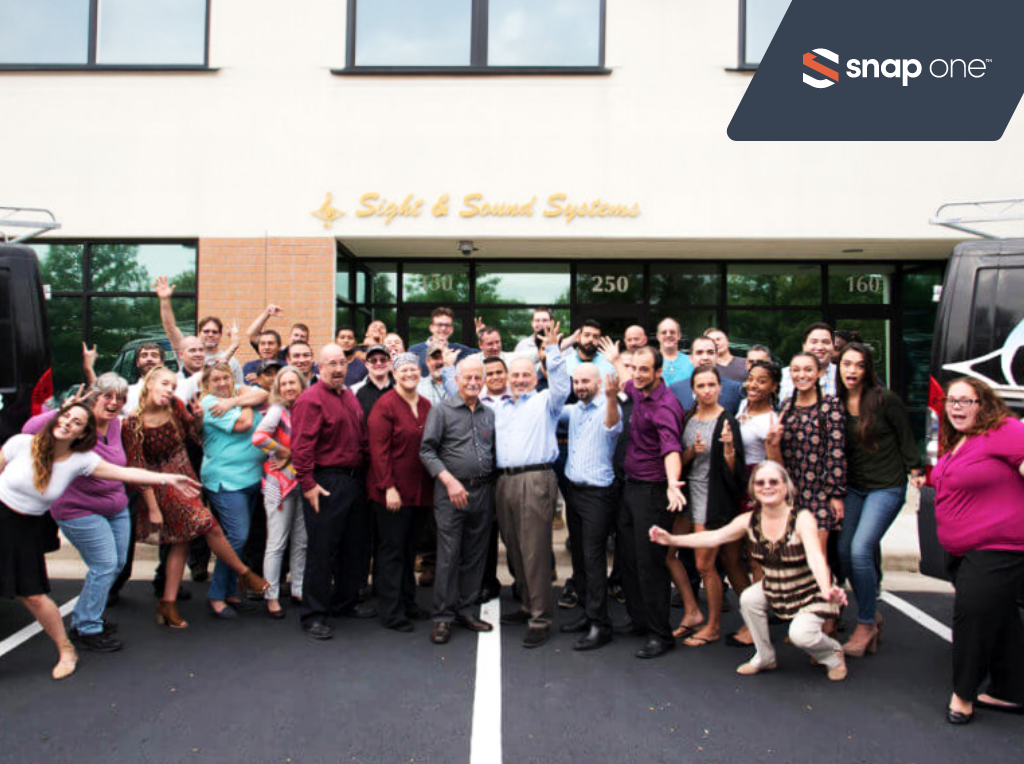Cellular Technology Changes for Fire & Life Safety Professionals: An Easier Transition for All

The 3G and CDMA sunsets are in motion and now is the time for fire pro-installers to ensure they are adequately prepared to keep customers connected. Sunset timelines for machine-to-machine devices are different than consumer devices. As of this Q&A, Verizon will sunset the end of 2022 and AT&T, the end of February 2022 for machine-to-machine devices; however, some industry associations are pushing requests for extensions.
In the following Q&A, Daniel Rosales, Telguard Senior Director of Technical Services, helps integrators know and understand what is most concerning about the sunset and how Telguard communicators make the transition easy. See why Rosales recommends focusing on longevity when it comes to technology and why he says embracing sunset-related communication early on and often is a must for integrators.
 Daniel Rosales – Senior Director of Technical Services, Telguard
Daniel Rosales – Senior Director of Technical Services, Telguard
What should fire professionals/security integrators be most concerned about with the upcoming 3G sunset and the addition of 4G and 5G communications?
Rosales: The number one thing that users of the technology should be concerned about is the coverage change, and possible signal quality degradation leading up to the sunset.
I want to believe that having experienced earlier cellular technology sunsets, we have some experience under our belt as an industry. With that in mind, it is important to remember that the 3G sunset is the finish line, not the start. Leading up to those announced dates, frequency repurposing and bandwidth reallocation would serve to benefit current technologies but degrade coverage/quality for older 3G devices.
What are the top 1-3 questions you receive from fire integrators about this topic and how do you answer them?
Rosales: Something that I have learned over the years is that Technical Support teams hold the key to understanding what is on customer’s minds beyond what they can read on a data sheet.
Some of the questions that we get are related to acceptance of the technology and reliability of the network. I am happy to report that acceptance of the technology by most jurisdictions is almost a given. Most accept it as sole path, some prefer it, and a few will accept it as a second path.
It really comes down to the level of comfort an AHJ has with the technology, and most of the time all it takes is the right amount of time discussing the finer points of the technology and how it reduces the probability of an unknown issue.
Besides AHJ acceptance, the fear of the unknown is another question type we receive. How stable is the network? Can I trust it? The answer: Telguard is using AT&T and Verizon networks as the backbone to provide the service. Additionally, Telguard has been doing this for 30+ years, and we have experience in not only providing superior service, but also superior support.
I wish I could say that everything will be perfect 100 percent of the time with Telguard, but that will not be the case with any service provider. What we have to our advantage is experience that has allowed us to build a robust system, and the know-how to understand how to best react when things do not go as planned.
Technology experts do not foresee a sunset for LTE Technology for the next 10 years.
Do you recommend moving straight to 5G or just going with 4G until 5G comes along?
Rosales: I am reminded of what happened in the early 2000s when Sprint introduced WiMax as a technology to provide 4G speeds. Without getting too deep into details, we now have Sprint and just about every American carrier using LTE as the base for their 4G technology. Early adoption is great, but it must be an educated decision.
Longevity is the key. What we recommend to our customers is to always strive to get the latest proven technology from a trusted partner. Look to a manufacturer — like Telguard — that has 30+ years of experience in the cellular realm and look at the longevity that is provided by current technologies — like LTE and new emerging technologies. For example, LTE-M meets 5G criteria, and although fairly new, has already had some time in the sun and has been widely accepted by the major U.S. carriers as the next evolution for machine-to-machine cellular communication.
Basic research on LTE technology finds that technology experts do not foresee a sunset for LTE technology for the next 10 years. That is the longevity that a device like the TG-7FS can offer. As we look toward newer, robust technology, the new TG-7FP — with its use of 5G (LTE-M) technology and no foreseeable sunset — is the ideal choice for those Sole Path installations.
What should integrators be doing now to make ensure their end user customers are ready for the 3G sunset?
Rosales: Communication, communication, communication. Integrators need to communicate with their customers early and often. Not only do they need to communicate about the sunsets, but the risk of not acting soon.
One of the great advantages that the Internet Era has brought us is easy access to information from different sources. One of the great disadvantages is the fact that unchecked access to so much information could be misleading.
Doing basic searches regarding the topic of 3G or CDMA sunset may bring about dates as far back as 2019, depending on the article/publication. With that in mind, it is important that technology dealers control the information and provide a way to properly educate consumers to avoid confusion, and ultimately, frustration.
How does using Telguard’s communicators make the transition easier for dealers, integrators and end user customers?
Rosales: If you are already a Telguard customer, our board replacement kits make it simple to upgrade technologies. By upgrading the hardware via a simple board swap, we are bypassing the need to replace an enclosure and reducing labor costs, considering that a fire installation will require some mechanical protection of wires and connections.
A Telguard board swap removes common headaches, as well as the extra hardware cost associated with replacing hardware that is already there from the older Telguard. So, we make it easier on the dealer by minimizing labor and cost, which should, in turn, make it an easier conversation with the customer.
Transitioning into a new Telguard from an old-fashioned phone connection or another communicator is almost just as easy. Telguard is putting forth a best effort on hardware discounts by having sales with qualified distributors. Couple that with the Telguard units’ ability to work with panels and central station receivers without any extra setup or equipment, and it makes the transition that much easier.
About Daniel Rosales
Daniel Rosales, senior director, Technical Services, has over 13-years of experience in the industry, currently playing an important role in the deployment of the first Commercial Fire Sole Path communicator. With intimate knowledge of the state of the industry from security, life safety and PERS to the residential and commercial spaces, Rosales oversees the technical support department as well as leads the Product Management team for Telguard. He has facilitated multiple lectures and in-depth educational sessions that focus on NFPA72, Cellular Evolution and general understanding of emerging cellular technologies and their application to IoT, security and life safety. He believes a strong support system is necessary for customer success.




